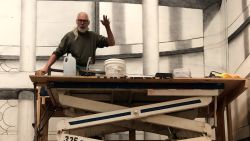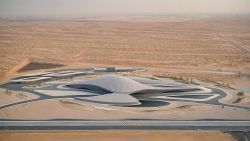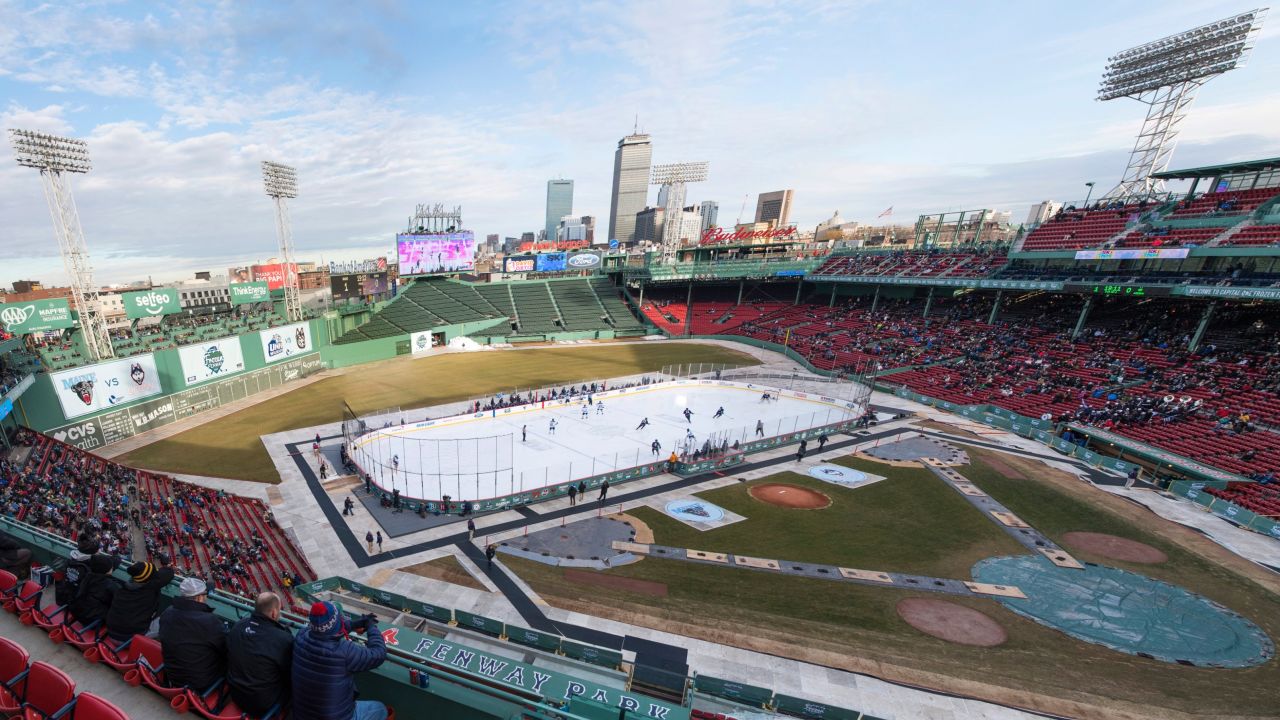Story highlights
The Boston Red Sox's famous home Fenway Park has undergone a revamp
Its makeover has sparked a flurry of development in the area
It’s one of the most enduring symbols of baseball in America – if not in the world.
Opened in 1912, Fenway Park stands in the heart of Boston and has been home to the Boston Red Sox, the city’s Major League Baseball team, ever since.
For years, the sporting ground hosted countless games. It’s where the Red Sox won the World Series in 1918.
They went on to win multiple World Series, but didn’t have another victory in their home ground at Fenway Park until almost a century later in 2013.
Located in the Fenway-Kenmore neighborhood – known as “The Fenway” – it has become major sporting landmark, attracting baseball fans worldwide.
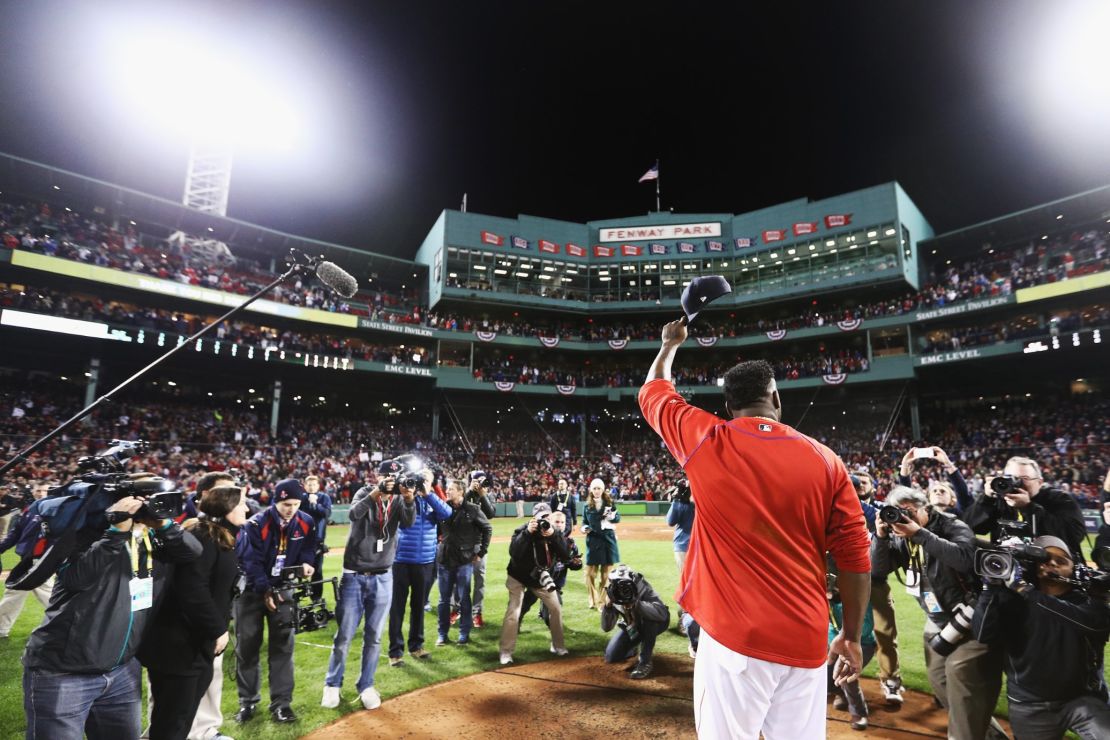
But when ownership of the Red Sox was transferred from the Jean R. Yawkey Trust to magnates John Henry, Tom Werner and Larry Lucchino at the turn of the millennium, it became clear that the sports ground was urgently in need of a revamp.
“When we arrived in 2002, major investment was needed – in terms of water issues, structural issues, seating capacity issues, player amenity issues,” Sam Kennedy, president of the Red Sox, tells CNN.
They were faced with a tough dilemma: should they tear the stadium down, or save and improve it?
They decided to give the iconic grounds an expensive upgrade.
“$300 million is a lot of money, but it needed to be invested,” Kennedy tells CNN.
The transformation
In 2006, the revamp of Fenway Park began.
New seating, as well as clubhouses for premium ticket holders, were added. A series of renovations from 2002 onwards means capacity has been increased to 37,731.
An exciting addition was made to the iconic “Green Monster” – a 37 feet (11.3 meters) high wall that functions as a target for right-handed baseball players.
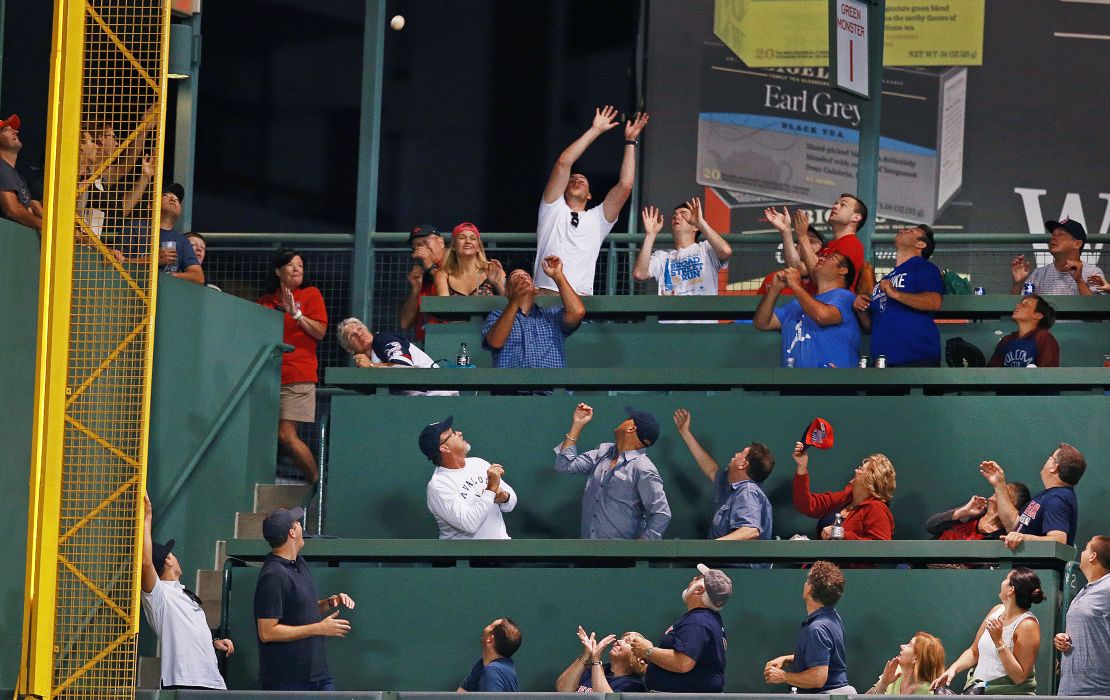
Where there once stood a net to catch home run balls, seats were added, creating a unique view of America’s most beloved ballpark.
The grounds were also adapted to host other sporting events and concerts – rock gods Aerosmith and The Rolling Stones have graced the venue, with Lady Gaga set to perform in September.
In 2016, Fenway Park saw 2,955,434 visitors to Red Sox games alone – an 11.5% rise from 2002.
Revival of an area
The revamp didn’t simply mean a new lease on life for the sports ground – it had a far-reaching effect on the Fenway area, too.
“Once we committed to staying, businesses, developers, city planners knew there would continue to be three million people coming into this neighborhood each and every baseball season,” Kennedy says.
Steve Samuels, who helms real estate development firm Samuels & Associates, is building a luxury condo in The Fenway – a 32-story tower named Pierce Boston.
The developer has been actively building in the area for almost two decades – though the unveiling of this luxury residence is a sign of the times.
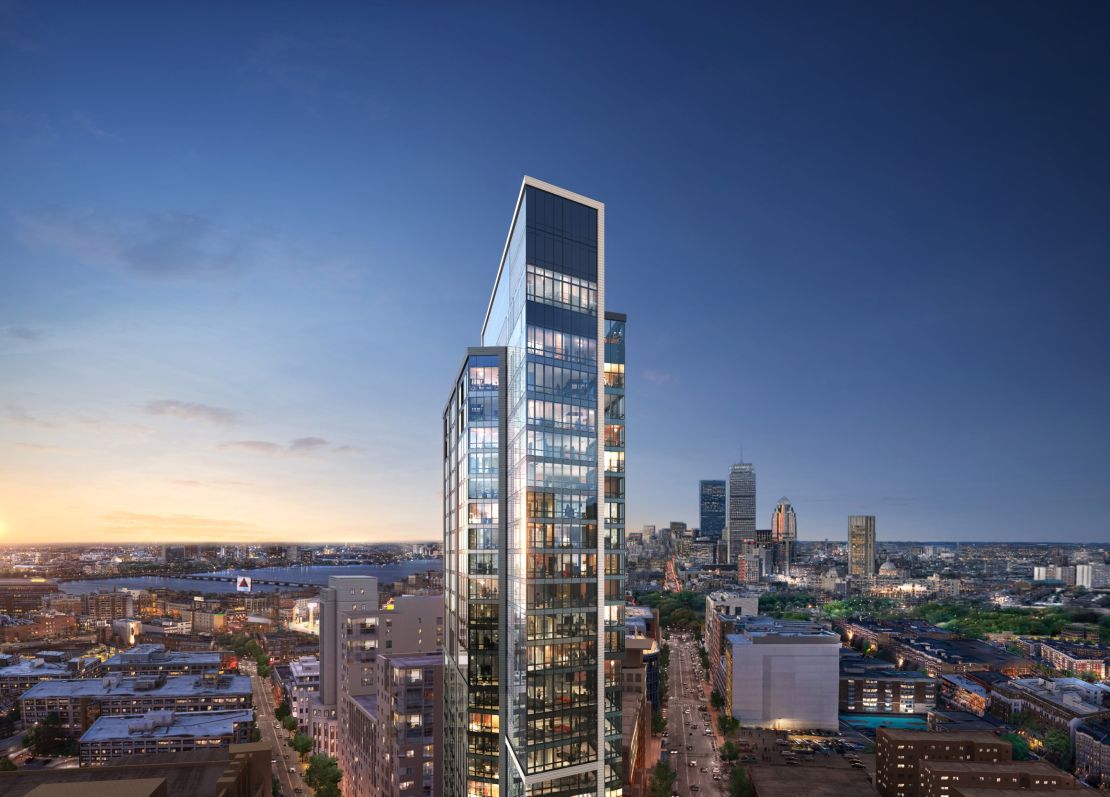
“With the Fenway’s transformation into a thriving hub for people to live, work, and play, and the public’s enthusiastic response to what we’ve created, we felt that now was the time to offer people a place to purchase a luxury product,” Samuels tells CNN.
Before Samuels began developing the Fenway in 1999 – just a few years before major revamps began at Fenway Park – the area mainly consisted of “fast food joints and car repair shops”, he says.
There was already a residential community in place, he says, but there weren’t lifestyle amenities like dining options.
These are integral to “establishing and solidifying a neigborhood”.
“When we first got started, there wasn’t anybody else investing in the neighborhood in a meaningful way,” he adds.
“Part of that was just the logistics of compiling all the parcels of land – we had to piece it all together to make it work. And there was also a sense that people didn’t appreciate the potential of the area that has now been realized.”
Rise in value
Piece Boston, which is set to open in 2018, has already sold 50% of its units at an average cost of $1,600 per square meter.
The median sales price of a property in Fenway-Kenmore have risen from $305,000 in April 2011 to $710,000 in April 2015, according to online real estate resource Trulia.
The annual number of overseas visitors to Boston between 2005/2006 and 2015 increased by 61.4%, according to the US National Travel and Tourism Office.
“The changes they implemented have complemented what we already created in the area over the past 18 years,” Samuels says.
In with the old
Amid such rapid development, Samuels is conscious of preserving the fabric of the neighborhood.
Instead of tearing down old buildings and replacing them with soulless office units, many of his ventures are run out of restored buildings.
Casual eatery Tasty Burger, for example, is housed in an old gas station.
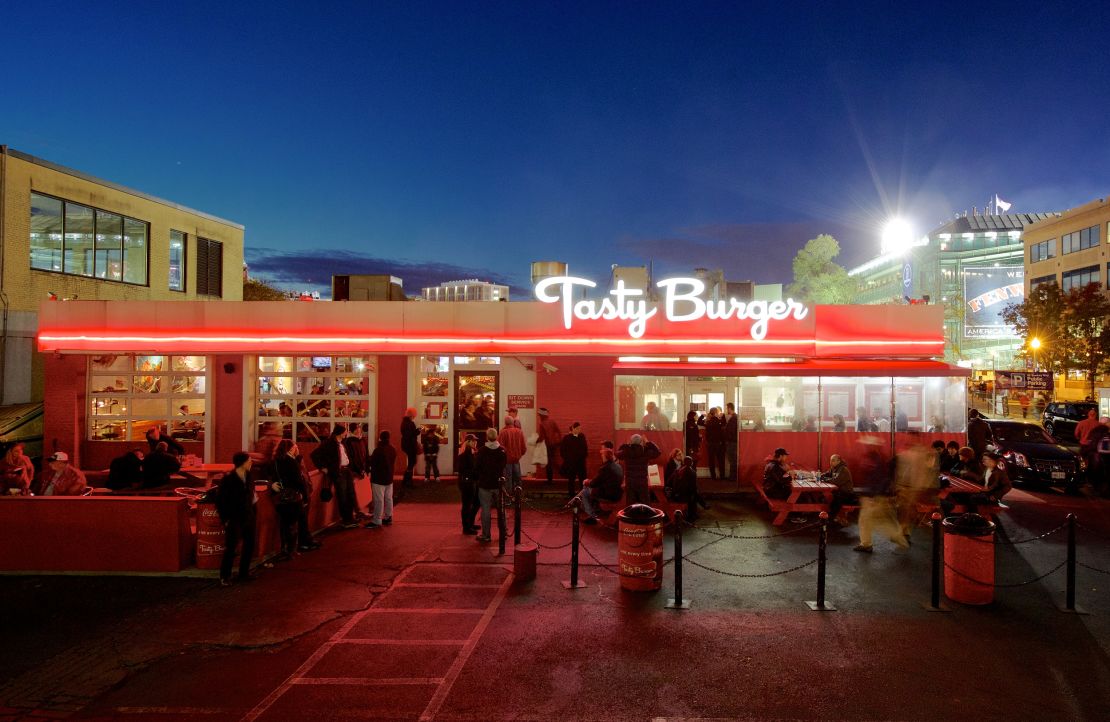
“Glitz is actually not a word that we want to associate with the Fenway. In fact, I’d say we are the opposite of glitz,” Samuels tells CNN.
“We’ve worked really hard to keep the history and character of the neighborhood … and celebrate the roots that were already here.”
With so much development underway he thinks the Fenway is becoming a “new hub for startups in Boston”.
“We are encouraged by all the great business putting down roots in the area.”





